Intensive but short frying (at high temperatures) lets your products retain their nutrient contents and softness more than long-term processing, like boiling or stewing. This technique usually requires the use of an electric fryer or wok. What are the differences?
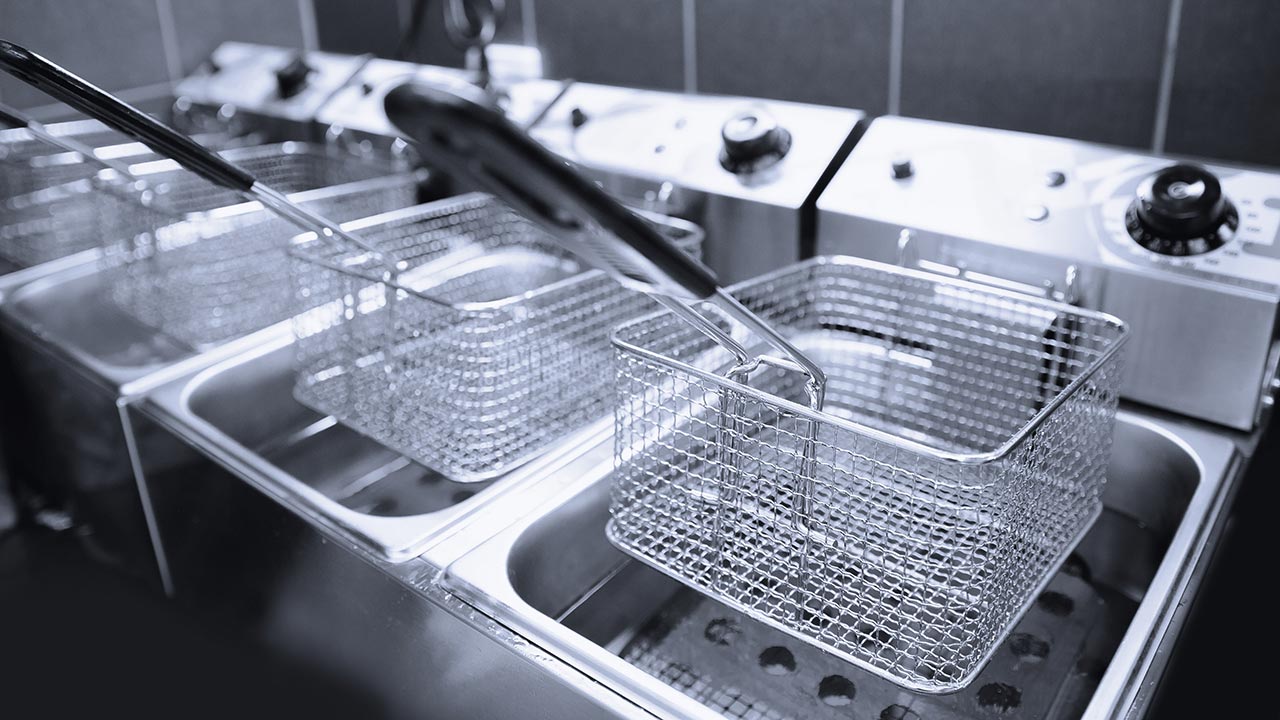
Intensive but short frying (at high temperatures) lets your products retain their nutrient contents and softness more than long-term processing, like boiling or stewing. This technique usually requires the use of an electric fryer or wok. What are the differences?
Fryers and deep fryers
Their similar names can sometimes make it seem confusing. Let us explain: a deep-fryer gets its name from the method of cooking by submerging food into oil with a high temperature. A fryer, sometimes called a chip fryer, is used for frying chips or French fries, but is also a deep fryer. Both are operated in the same way – you place the products in a wire basket and then submerge them in a container with hot oil.
Among the most popular dishes prepared this way (other that chips, of course) are chicken wings, breaded shrimp, onion rings, squid rings and spring rolls. You can also use them to make meatballs, meat cutlets or fish fillets and fish fingers, as well as products such as doughnuts or even home-made dumplings. However, you should always remember a few basic rules:
- The oil should have a high smoking point.
- Always heat it up before submerging the food.
- Frying short be short, but at a high temperature.
- Make sure you drain the excess fat after removing the finished ingredients.
How can you check if the temperature is right? In the case of a thermostat fryer, simply turn the knob to the required temperature. If you don’t have a thermostat or are using a wok, a special kitchen thermometer will come in handy. It should have a skewer to measure the temperature inside the food. The temperature of the oil used to fry chips should be approx. 175°C, although towards the end of the process you can increase it. However, if you do not have a thermometer, there is a simple way to check the temperature: put a piece of bread (approx. 2 cm x 2 cm) into the fryer. It should be fried within 50-60 seconds.
What is a wok?
Another piece of frying equipment is the wok. The name of the round bowl-shaped pan, which probably came from China, is of Cantonese origin. The wok used there has two holders, while the one-handed wok used in Europe originates from Peking, but its name huò is Mandarin. Woks are usually associated with oriental cuisine.
Both versions are used for frying over an open flame, although there are also woks with a slightly flattened bottom enabling use on induction cookers. According to connoisseurs of exotic cuisine, the modern shape misses the point of frying on an open flame. Despite different tastes, fans of both oriental and traditional food appreciate food prepared in a wok. It allows you to quickly fry meat, fish, vegetables, and also prepare soups or steamed dishes. It is also an alternative to a deep fryer, suitable for deep-frying donuts or other similar products. Just remember to use fat with a high smoking point, such as peanut oil, which is popular in Chinese cuisine for this reason.
A wok can also be used to present an extremely spectacular culinary technique, called flambéing. It involves setting fire to a dish previously soaked in high-percentage alcohol, often in front of guests. This is not only an element of show, but also part of the processing technique, “spreading” the aroma of the dish and slightly browning it. This special finish to a dish can be achieved with a wok – you simply need to set fire to the fat you are frying in for about 30 seconds, then cut off the air supply by covering the dish.
What’s the difference between a deep fryer and a wok?
- First of all, frying on a wok requires you to constantly shake it or stir and turn over the food. Stirring is necessary especially when using heavy cast iron woks. With a deep fryer you simply need to insert the basket into the fryer and shake off the excess fat at the end.
- Amateur cooks may have problems choosing the right temperature, which is why a thermostat comes in handy, which you have in the case of the deep fryer. When using a wok, keep an eye on the frying process and use a kitchen thermometer.
- An open flame is needed to use a wok. Using a wok with a flat bottom for induction cookers misses the point of frying on an open flame. If you love food prepared over a bonfire, you should enjoy dishes prepared in a wok.
- A wok can also be used as an ordinary stewing or even cooking pot.
Although there are several differences between a wok and a deep fryer, they can both be used to prepare some true all-time specialties in your home kitchen, both from traditional and oriental cuisine, letting you dazzle your guests and family members with your culinary skills.
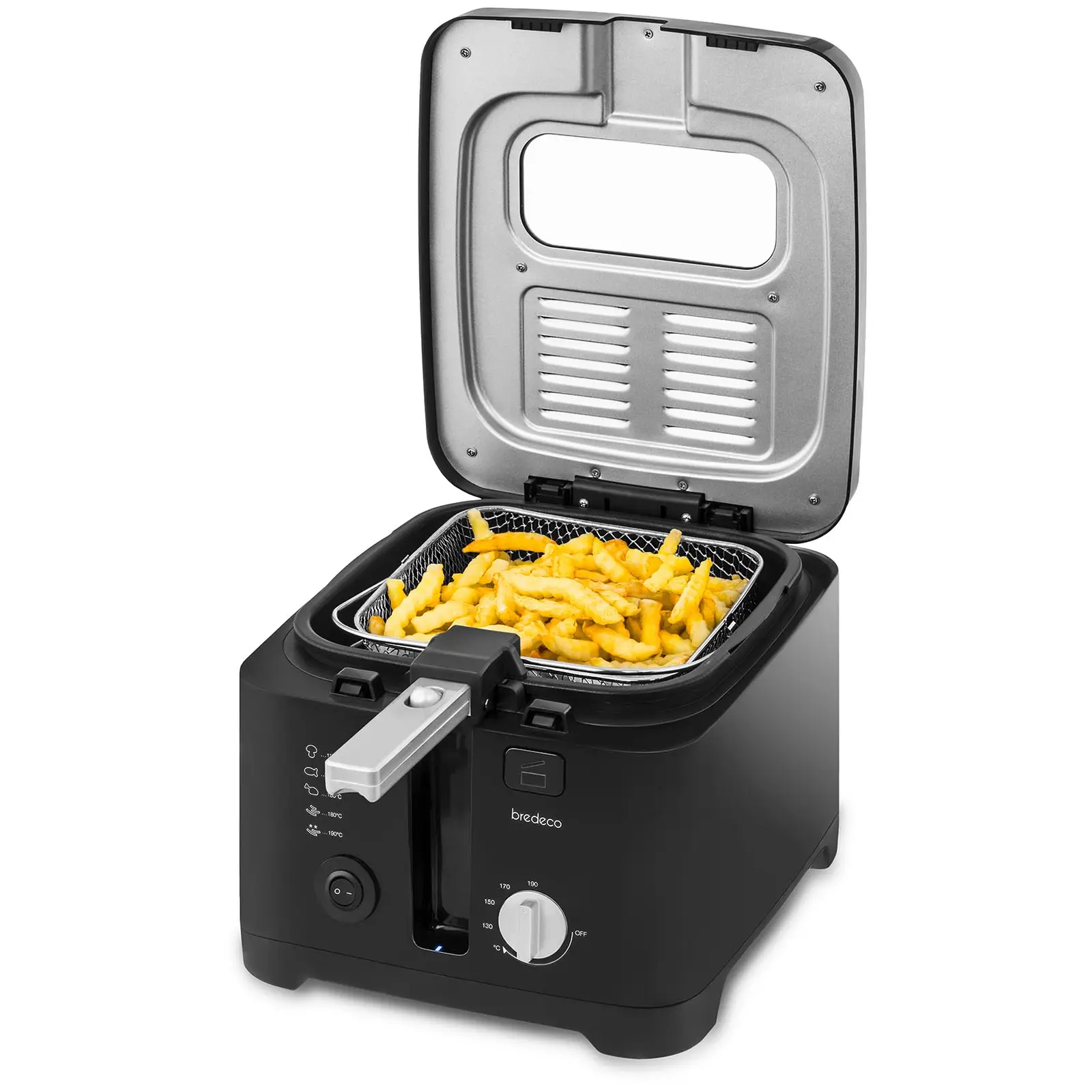
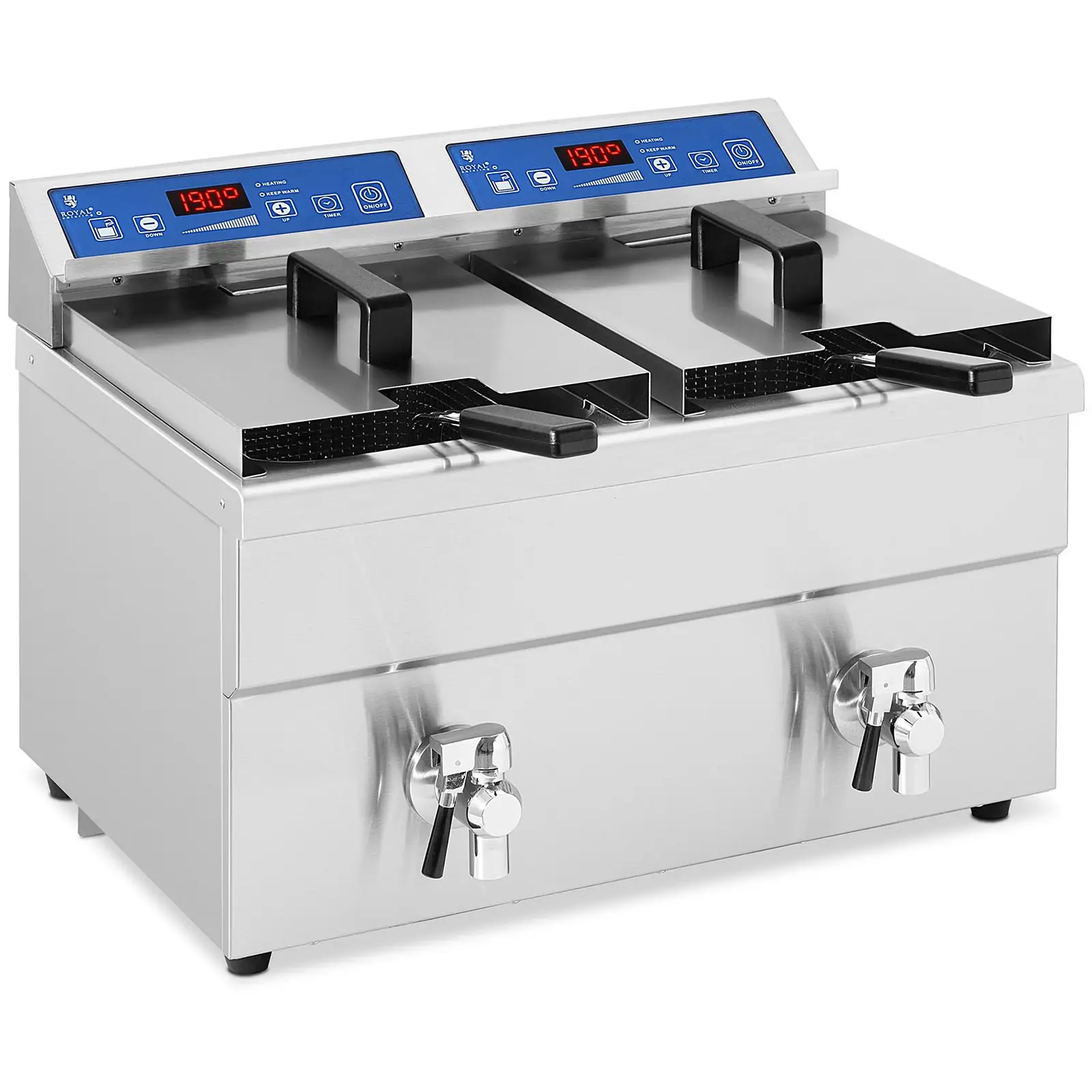

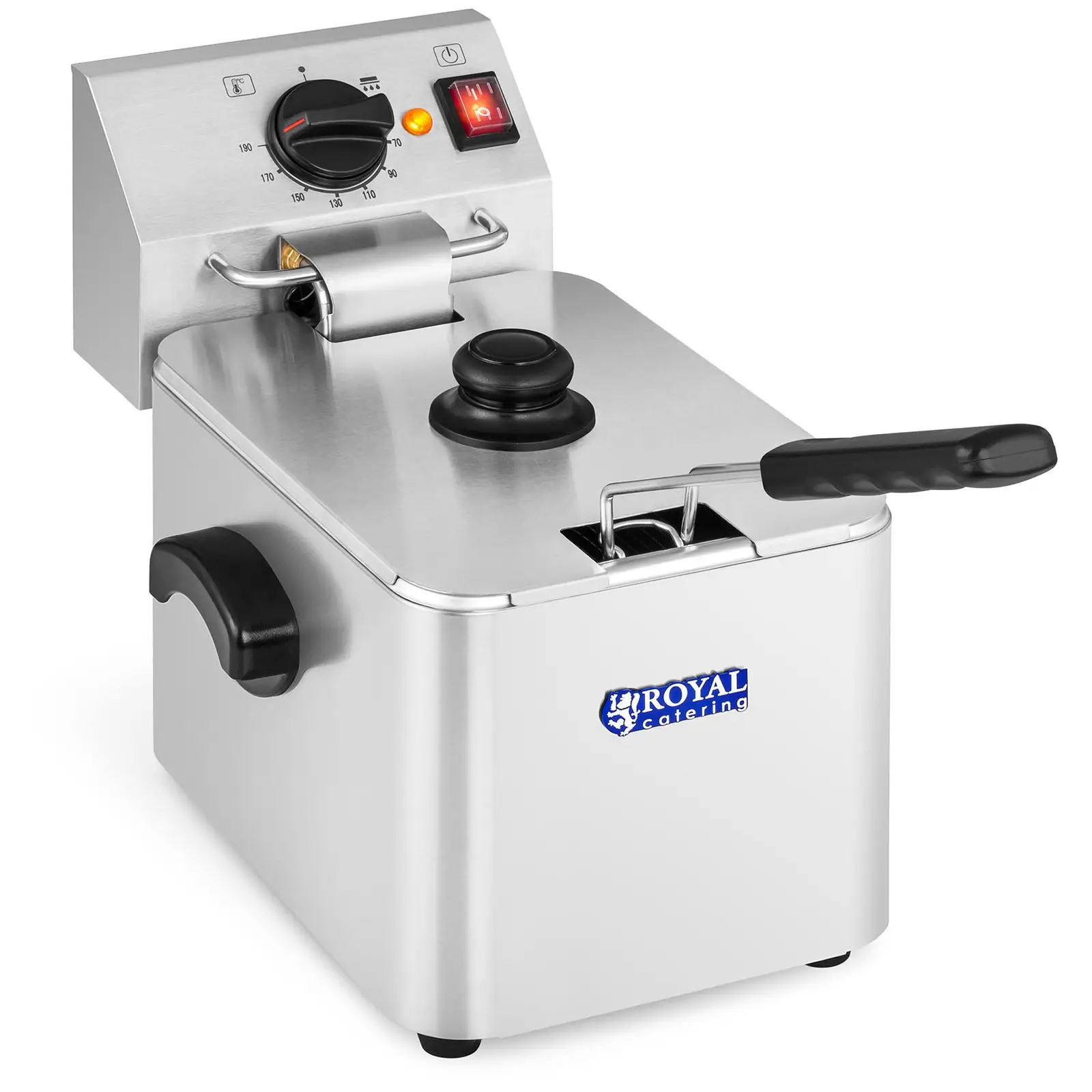



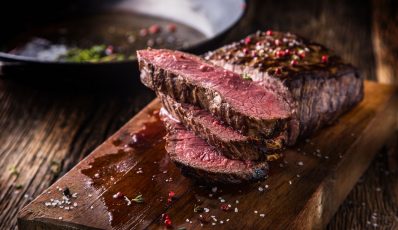


Share